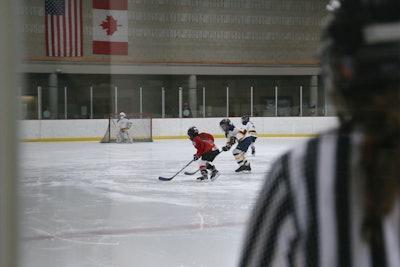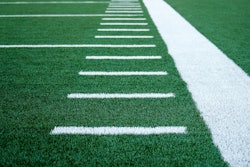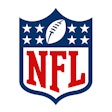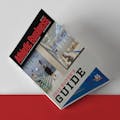
A new study by the University of Calgary shows that youth players with more body checking experience actually suffer more concussions than those players with less body checking experience.
Over the course of three years, the study looked at 15- to 17-year-old players with three or more years of body checking experience. The study showed that those players had more than double the injuries and concussions than those with two years or less experience with body checking.
"This is just further evidence in support of removing body checking in youth ice hockey to help prevent injuries," said Paul Eliason, a post-doctoral fellow in the Sport Injury Prevention Research Centre.
The U of C study was designed in partnership with Hockey Canada, Hockey Alberta and Hockey Calgary.
A spokesperson from Hockey Calgary told CBC.ca, that the organization wanted to know whether its decision to remove hitting in the younger, Under-13 age group left players at greater risk of injury when they did start body checking.
"It's been a question that's been asked all the time: by not checking at younger ages, do you not learn it?" said Kevin Kobelka, executive director of Hockey Calgary. "The studies show that we have made the right decision and kids can learn to body check at older levels."
The study found that players who had more checking experience were injured or concussed more than 2½ times the rate of the less experienced players. And the most common injury was a concussion — regardless of experience — making up more than a third of the injuries.
The study recommends further research to better understand the role that behaviors such as aggression, speed and skill play in the matter.
"Speeds of play and and skill level within within those age categories — we couldn't capture that … and that could be putting them at a higher risk of injury," said Eliason.





































